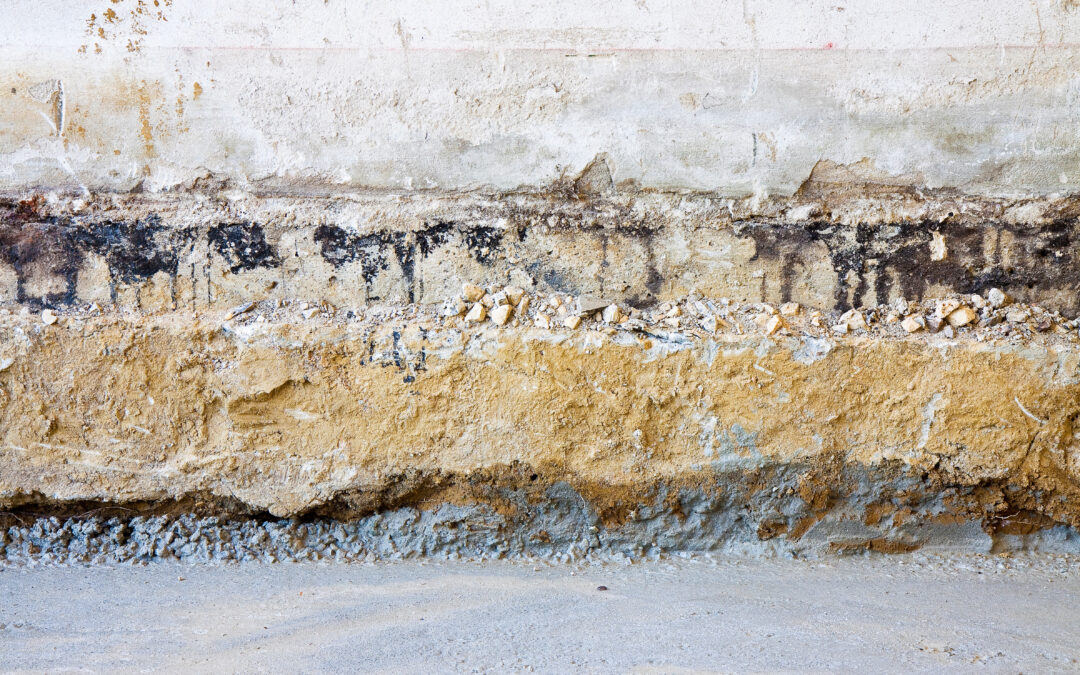Crawl spaces are an often overlooked and misunderstood part of many homes. Located between the ground and the first floor, crawl spaces are typically small, dark, and damp areas that provide access to the home’s plumbing, electrical, and HVAC systems. While crawl spaces serve a functional purpose, they can also pose potential problems if not properly maintained. Columbia Crawlspace has all the information you need to know about your crawl space including what it is, the purpose of it, common issues that can arise, and the best practices for maintenance.
What are Crawl Spaces?
Crawl spaces are typically shallow spaces located beneath the first floor of the home. They are called “crawl spaces” because of their limited height, usually ranging from 1 to 3 feet, which requires residents to crawl or crouch when moving around in the area. Crawl spaces are commonly found in homes with raised foundations, where the house is built above the ground rather than on a slab foundation. They are typically ventilated to allow air to circulate, and they may have insulation installed on the walls or floor to help regulate temperature and reduce energy costs.
Purpose of Crawl Spaces
Crawl spaces serve several purposes in a home. One of the main purposes is to provide access to the home’s plumbing, electrical, and HVAC systems, which are often installed in the crawl space for ease of maintenance and repair. Crawl spaces also allow for ventilation, which helps to reduce moisture and prevent the buildup of mold and mildew. Additionally, crawl spaces can act as a buffer zone between the ground and the living space, providing a barrier against pests, such as rodents or termites, that may attempt to enter the home from the ground.
Common Issues with Crawl Spaces
Despite their functional purpose, crawl spaces can also present potential issues if not properly maintained.
Moisture and Mold
Crawl spaces are prone to moisture buildup due to their location close to the ground and potential exposure to rainwater or groundwater. This can lead to the growth of mold and mildew, which can cause respiratory issues and other health problems for residents, as well as damage to the structure of the home.
Pests
Crawl spaces can provide entry points for pests, such as rodents, termites, or insects, which can cause damage to the home’s insulation, wiring, and other components.
Structural Issues
If crawl spaces are not properly ventilated or insulated, they can lead to structural issues, such as wood rot, which can compromise the integrity of the home’s foundation.
Energy Loss
Inefficient insulation or ventilation in crawl spaces can result in energy loss, leading to increased heating or cooling costs for the home.
Best Practices for Crawl Space Maintenance
To ensure that crawl spaces remain functional and problem-free, it is important to follow best practices for crawl space maintenance.
Moisture Control
Proper moisture control is crucial for crawl spaces. Install a vapor barrier on the floor and walls of the crawl space to prevent moisture from seeping into the area. Ensure gutters and downspouts are properly functioning to divert rainwater away from the foundation. Consider installing a sump pump or dehumidifier to remove excess moisture.
Insulation
Insulate the walls or floor of the crawl space to help regulate temperature and reduce energy costs. Hire a company like Columbia Crawlspace so that you make sure the insulation materials are specifically designed for crawl spaces and that they are properly installed to prevent air leaks.
Ventilation
Proper ventilation is important to allow for air circulation and prevent buildup. Ensure that crawl space vents are clear and not blocked by debris or vegetation. Consider using vent fans or a mechanical ventilation system to improve air circulation.
Pest Control
Take steps to prevent pests from entering the crawl space by sealing all openings, such as cracks or gaps, in the walls or foundation. Keep the crawl space clean and free of debris, which can attract pests. Consider using pest control measures, such as traps or baits, to deter pests from entering the crawl space.
Regular Inspection
Regularly inspect the crawl space for any signs of moisture, buildup, mold, pests, or structural issues. Address any issues promptly to prevent further damage or health risks.
If you see anything of note, reach out to Columbia Crawlspace for a free inspection. They can make sure everything looks good and if not, they will get you squared away as soon as possible.
Columbia Crawlspace
In summary, crawl spaces are an important but often overlooked part of many homes. Proper maintenance can help prevent common issues such as moisture buildup, mold, and pests. Working with a professional contractor, like Columbia Crawlspace, and following best practices for crawl space maintenance can ensure that your crawl space remains functional, energy-efficient, and healthy for your home and family.
To schedule a free inspection with Columbia Crawlspace, give them a call at (931) 329-5220 or email office@crawlspacetenn.com.

Recent Comments